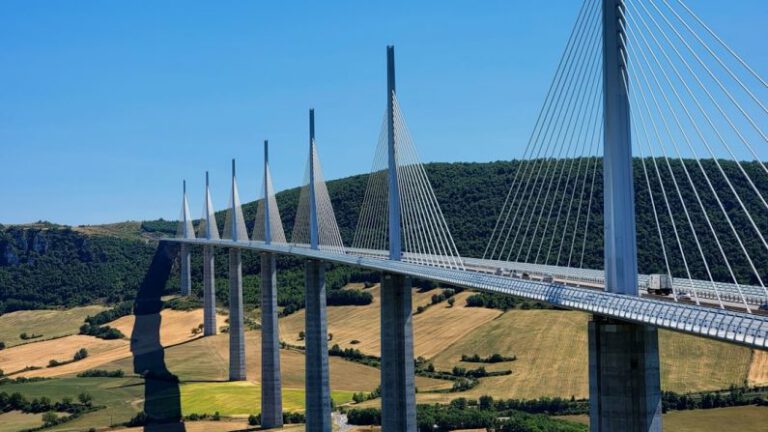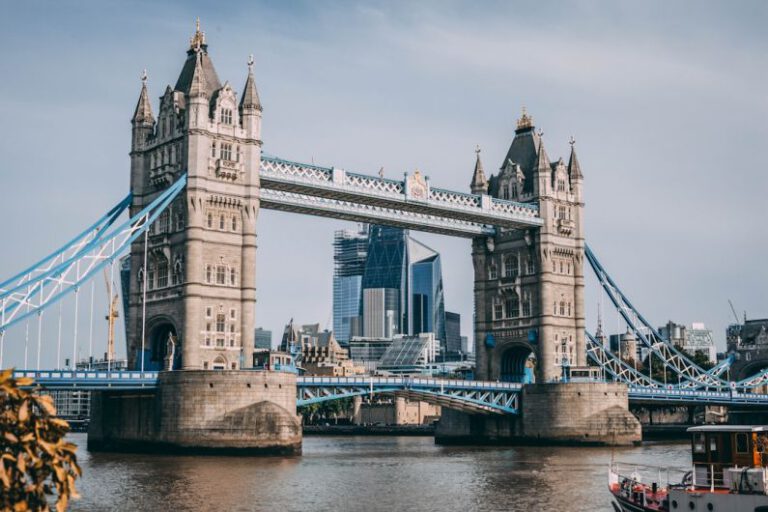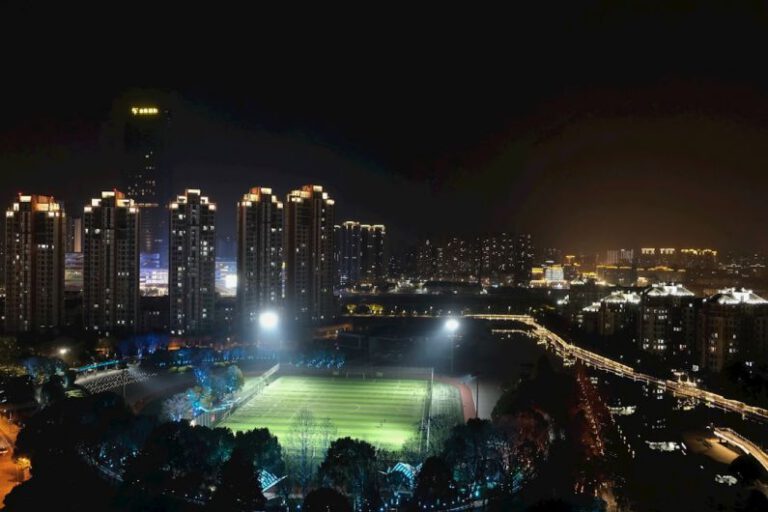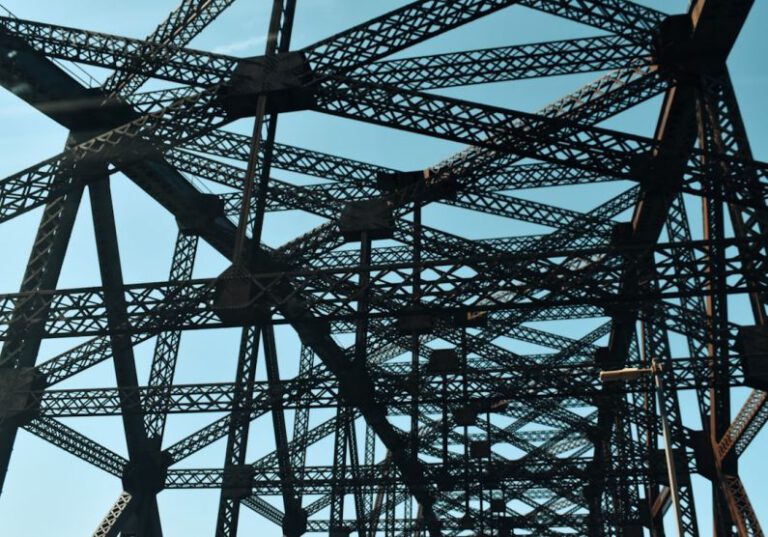The Engineering Marvel of the Golden Gate Bridge
Standing as a symbol of strength and innovation, the Golden Gate Bridge in San Francisco is a true engineering marvel that continues to awe visitors from around the world. Spanning the entrance to San Francisco Bay, this iconic bridge is not only a vital transportation link but also a stunning piece of architectural beauty that has captivated hearts for decades.
**The Vision and Design**
The idea of constructing a bridge across the Golden Gate Strait was first proposed in the early 20th century as a means to connect the city of San Francisco with Marin County. The formidable task of designing the bridge fell upon the shoulders of engineer Joseph Strauss, who envisioned a structure that would withstand the strong ocean currents, frequent fog, and powerful winds of the region. Collaborating with a team of experts, including architect Irving Morrow and engineer Charles Alton Ellis, Strauss’s vision began to take shape.
**Innovative Construction Techniques**
One of the most impressive aspects of the Golden Gate Bridge is the innovative construction techniques used to build it. To anchor the massive structure to the rocky cliffs on either side of the strait, workers had to drill deep into the bedrock and pour concrete to create the sturdy foundations. The construction of the bridge’s two main towers, which rise to a height of 746 feet above the water, required the use of a unique cantilever method that allowed workers to extend the steel cables outward from the towers as they were being built.
**Iconic International Orange**
The distinctive color of the Golden Gate Bridge, known as International Orange, was not originally intended to be the final hue of the structure. During the construction phase, the steel components were coated with a primer of red lead paint to protect them from the elements. However, when the time came to choose a color for the bridge, architect Irving Morrow suggested the bold shade of orange, which not only complemented the natural surroundings but also enhanced the bridge’s visibility in the frequent fog that shrouds the area.
**Structural Integrity**
Despite its elegant appearance, the Golden Gate Bridge is a marvel of structural engineering, designed to withstand the harsh conditions of its coastal location. The bridge’s main span stretches for 4,200 feet, making it one of the longest suspension bridges in the world at the time of its completion. The use of high-strength steel and a flexible suspension system allows the bridge to sway and flex in response to wind and seismic activity, ensuring its stability and longevity.
**Enduring Legacy**
Since its completion in 1937, the Golden Gate Bridge has become an enduring symbol of San Francisco and a testament to human ingenuity and perseverance. The bridge has withstood the test of time, weathering the elements and carrying millions of vehicles and pedestrians across its majestic span each year. It has also been featured in countless movies, television shows, and works of art, further solidifying its status as an iconic landmark.
**A Global Icon**
The Golden Gate Bridge is not just a local treasure but a global icon that represents the spirit of innovation and progress. Its striking silhouette against the backdrop of the San Francisco Bay has inspired generations of engineers, architects, and dreamers to push the boundaries of what is possible. As a testament to human creativity and determination, the Golden Gate Bridge stands as a shining example of what can be achieved when vision, expertise, and ambition come together.
**In Conclusion**
The Golden Gate Bridge stands as a testament to the power of human ingenuity and the enduring legacy of visionary engineering. From its bold design and innovative construction techniques to its iconic color and structural integrity, this magnificent structure continues to captivate and inspire all who gaze upon it. As a symbol of strength, beauty, and progress, the Golden Gate Bridge remains a true marvel of modern engineering that will continue to stand the test of time for generations to come.






